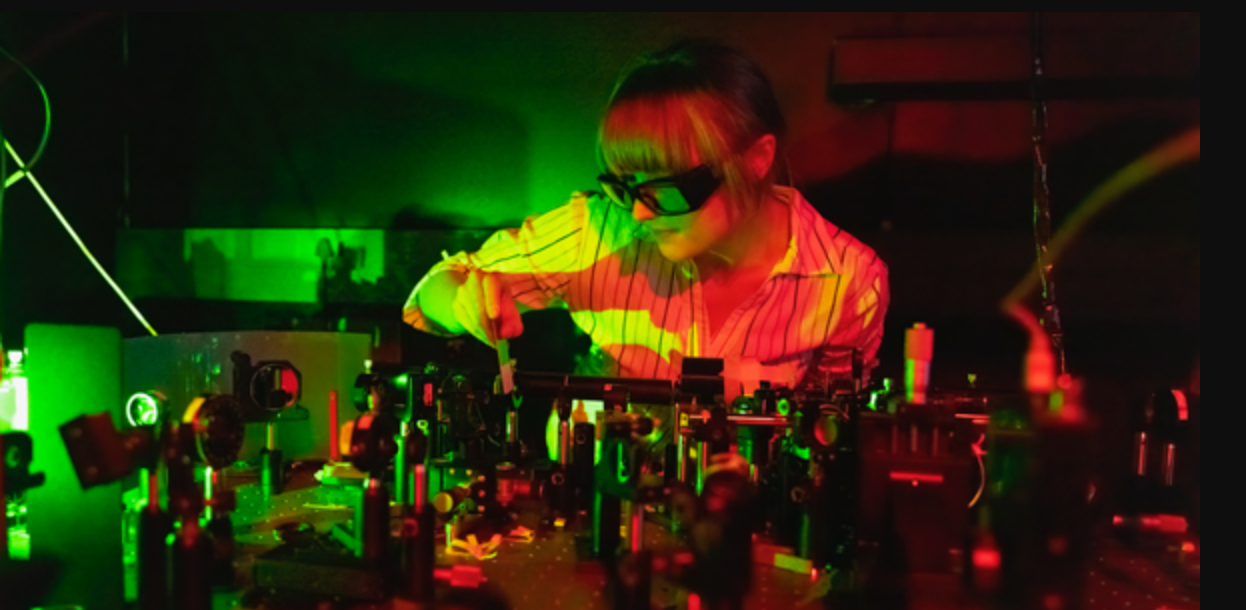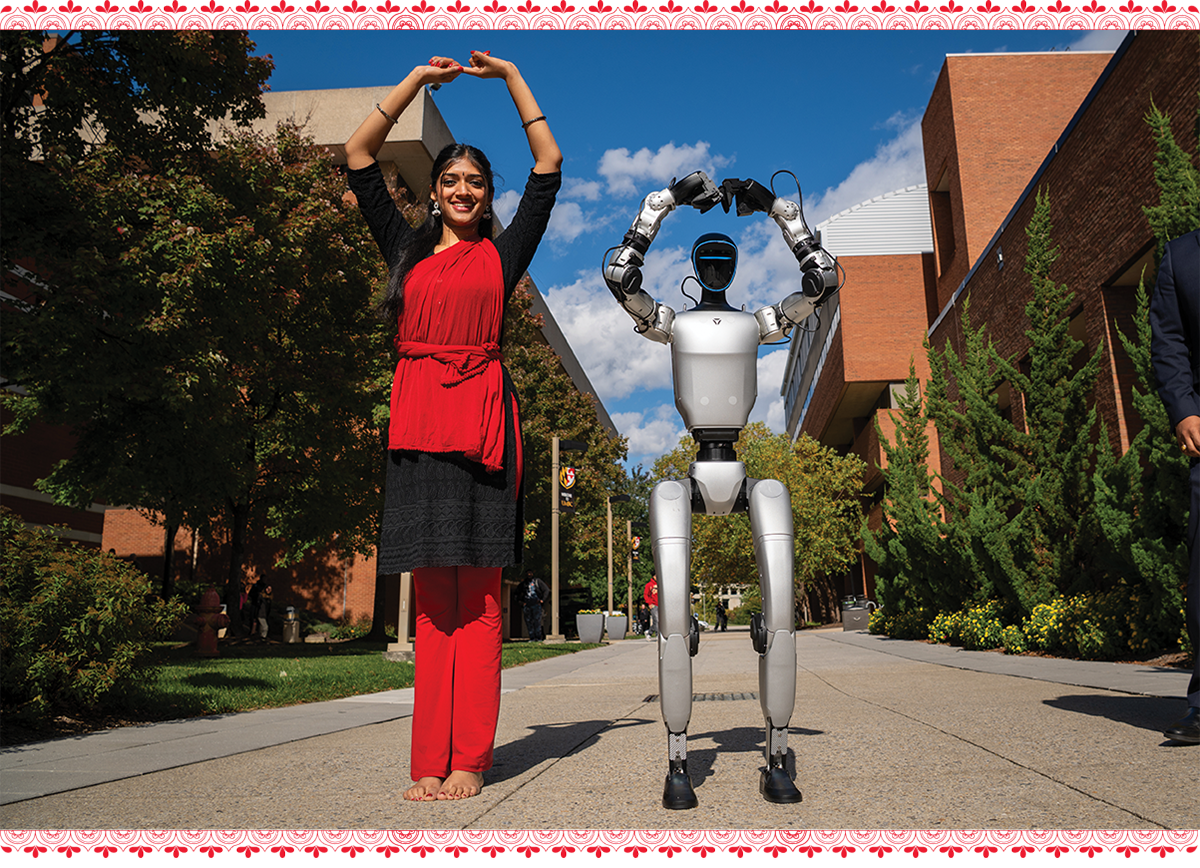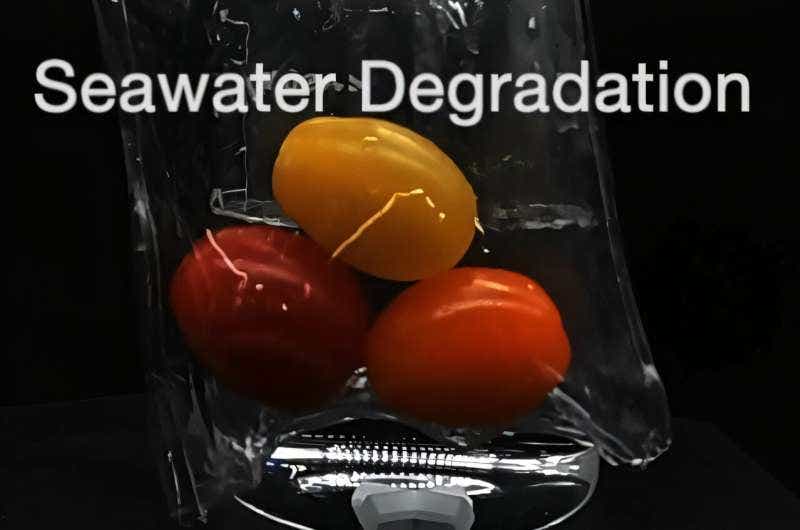For the first time ever, scientists ‘teleport’ images using light
Findings mark a significant milestone towards establishing a quantum network capable of handling high-dimensional entangled states.

Researchers successfully demonstrated the teleportation-like transfer of "patterns" of light. (CREDIT: Dr Bereneice Sephton)
An international team comprising researchers from the University of the Witwatersrand in Johannesburg and ICFO – The Institute of Photonic Sciences in Spain has achieved a groundbreaking feat in quantum communication.
They have successfully demonstrated the teleportation-like transfer of "patterns" of light, marking a significant milestone towards establishing a quantum network capable of handling high-dimensional entangled states.
Quantum communication, crucial for ensuring information security, has typically been limited to two-dimensional states known as qubits. However, this latest achievement enables the transport of more complex systems in a single shot, such as unique fingerprints or facial images, using quantum optics.
High-dimensional quantum transport enabled by nonlinear detection. Information is encoded on a coherent source and overlapped with a single photon from an entangled pair in a nonlinear crystal for up-conversion by sum frequency generation, the latter acting as a nonlinear spatial mode detector. (CREDIT: Nature Communications)
Professor Andrew Forbes, the lead investigator from Wits University, explains, "Now, it is possible to teleport information so that it never physically travels across the connection - a 'Star Trek' technology made real."
This advancement, although previously demonstrated with three-dimensional states, required additional entangled photons to achieve higher dimensions.
In their recent research, the team showcased the first experimental demonstration of quantum transport of high-dimensional states using only two entangled photons as a quantum resource.
Related Stories
This breakthrough involved utilizing a nonlinear optical detector that eliminates the need for additional photons, making it applicable to various patterns that require transmission.
The researchers achieved a state-of-the-art dimensionality of 15, with the potential for further scalability to even higher dimensions. This paves the way for establishing quantum network connections with significantly enhanced information capacity.
Illustrating the practical implications, Forbes envisions scenarios such as secure information transmission to banks. In the proposed quantum transport scheme, the bank sends a single photon to the customer, who then combines it with the information to be sent using a nonlinear detector. This process effectively teleports the information to the bank without any physical transfer, ensuring interception is futile.
Realizing a quantum transport channel. a A pump photon (λp = 532 nm) undergoes spontaneous parametric downconversion (SPDC) in a nonlinear crystal (NLC1), producing a pair of entangled photons (signal B and idler C), at wavelengths of λB = 1565 nm and λC = 808 nm, respectively. (CREDIT: Nature Communications)
“This protocol has all the hallmarks of teleportation except for one essential ingredient: it requires a bright laser beam to make the nonlinear detector efficient, so that the sender could know what is to be sent, but doesn’t need to know,” explains Forbes. “In this sense, it is not strictly teleportation, but could be in the future if the nonlinear detector could be made more efficient.” Even as it stands now, it opens a new pathway for connecting quantum networks, ushering in nonlinear quantum optics as a resource.
Dr. Adam Vallés from ICFO emphasizes the significance of this experiment in motivating further advances in nonlinear optics, pushing towards a full quantum implementation. However, he notes the need for caution, highlighting potential vulnerabilities such as cheating senders retaining copies of the information.
Quality of the quantum transport process. Experimental fidelities (points) for our channel dimensions up to the maximum achievable channel capacity of K = 15 ± 1, all well above the classical limit (dashed line). The solid line forms a maximum fidelity for the measured transferred state. (CREDIT: Nature Communications)
Looking ahead, the team aims to continue their efforts, with a focus on quantum transport across an optical fiber network. This ongoing research holds promise for revolutionizing quantum communication and establishing secure networks for transmitting sensitive information.
Read the full paper here: Quantum transport of high-dimensional spatial information with a nonlinear detector | Nature Communications
For more science and technology stories check out our New Innovations section at The Brighter Side of News.
Note: Materials provided above by The Brighter Side of News. Content may be edited for style and length.
Like these kind of feel good stories? Get the Brighter Side of News' newsletter.



